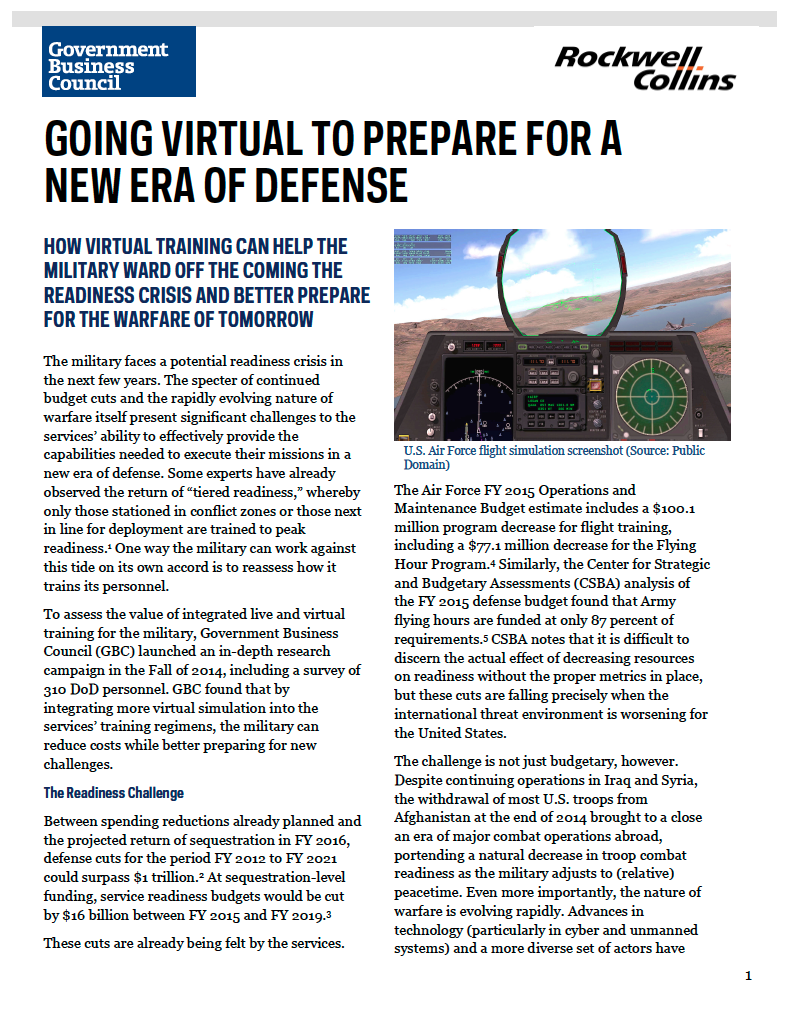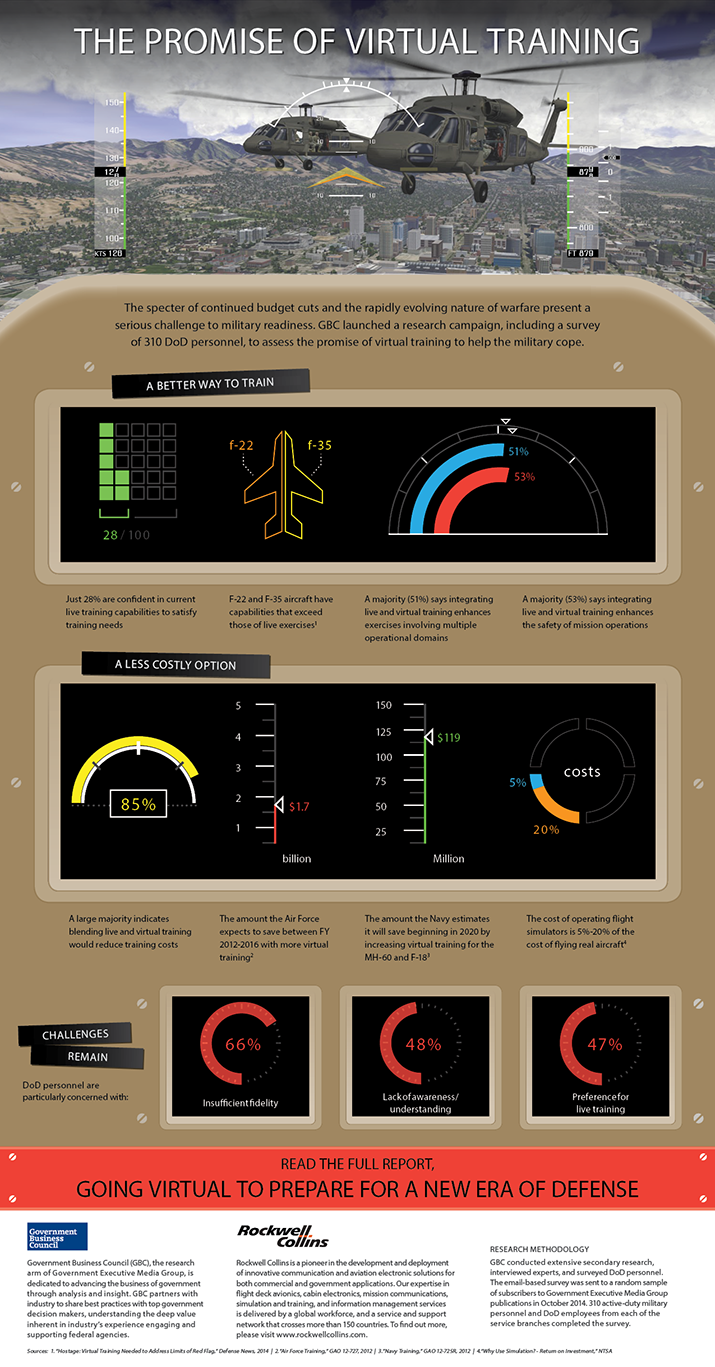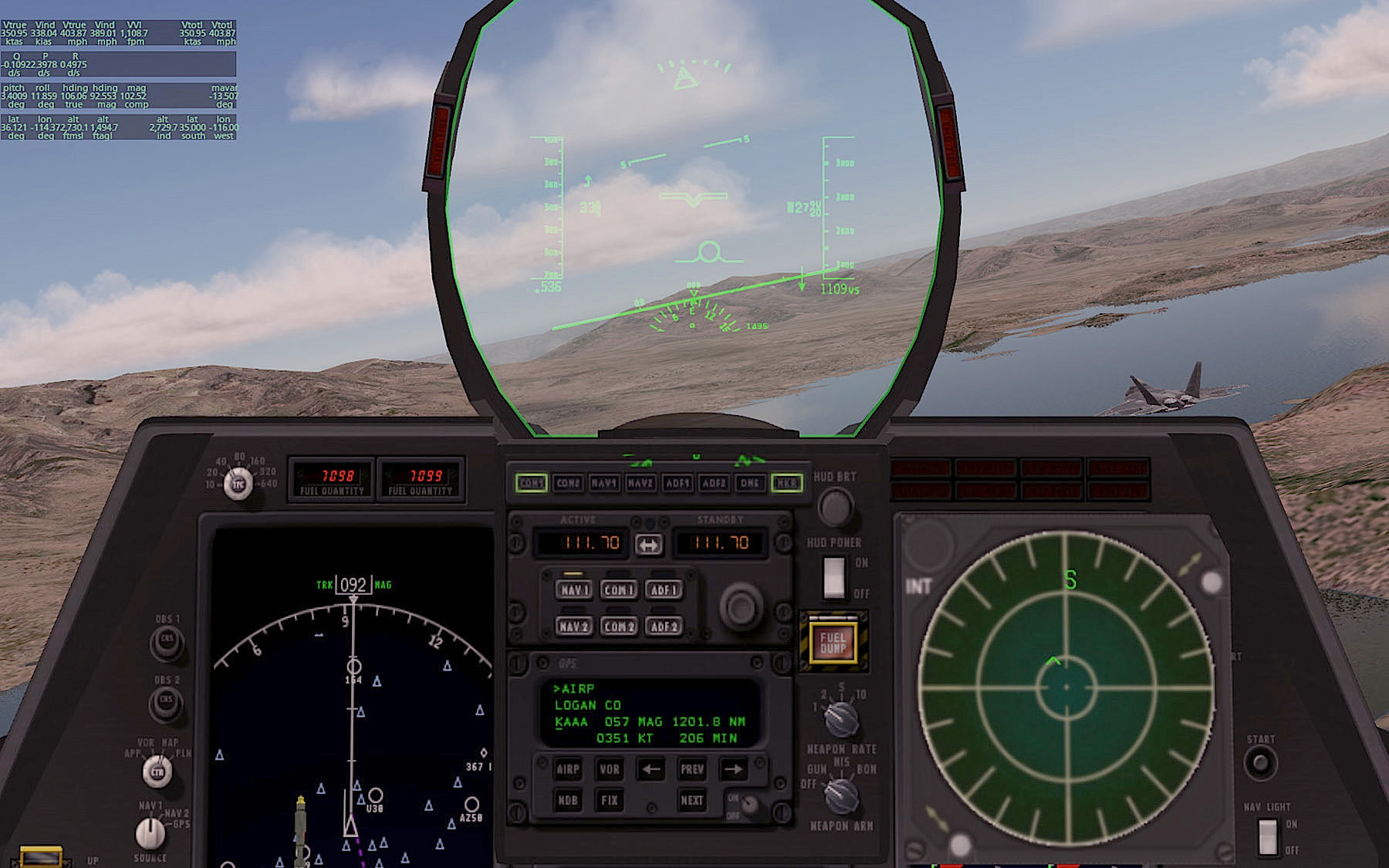
Going Virtual to Prepare for a New Era of Defense
How virtual training can help the military ward off the coming readiness crisis and better prepare for the warfare of tomorrow.
The military faces a potential readiness crisis in the next few years. The specter of continued budget cuts and the rapidly evolving nature of warfare itself present significant challenges to the services’ ability to effectively provide the capabilities needed to execute their missions in a new era of defense. Some experts have already observed the return of “tiered readiness,” whereby only those stationed in conflict zones or those next in line for deployment are trained to peak readiness. One way the military can work against this tide on its own accord is to reevaluate how it trains its personnel.
To assess the value of integrated live and virtual training for the military, Government Business Council (GBC) launched an in-depth research campaign in the Fall of 2014. GBC found that by integrating more virtual simulation into the services’ training regimens, the military can reduce costs while better preparing for new challenges.
Research Methodology
GBC conducted extensive secondary research, interviewed training and simulation experts inside and outside of the military, and surveyed DoD personnel. The email-based survey was released on October 16, 2014 to a random sample of Government Executive, Nextgov, and Defense One print and online subscribers. 310 DoD personnel completed the survey, including those at the GS/GM-11 to 15 grade levels, active duty military personnel, and members of the Senior Executive Service. Respondents include representatives from each of the military service branches and DoD agencies/components. 52 percent of respondents are GS/GM-13 and above or the military equivalent, 10 percent are active duty, 69 percent of DoD civilians surveyed have been active-duty before, and 59 percent have at some point been a military trainer or instructor. The results have been weighted by service/component.
Underwritten by
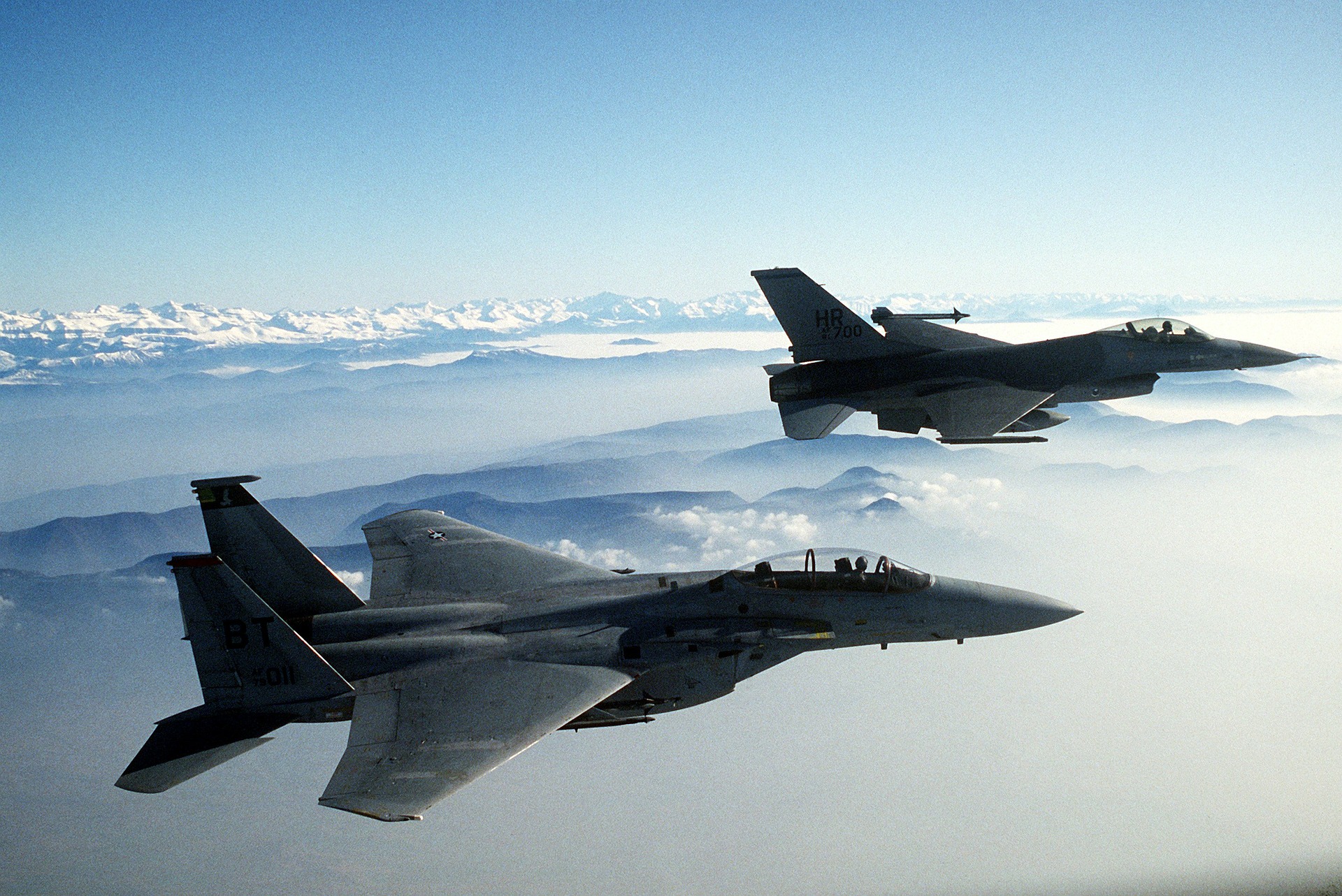
The Readiness Challenge
Between spending reductions already planned and the projected return of sequestration in FY 2016, defense cuts for the period FY 2012 to FY 2021 could surpass $1 trillion. At sequestration-level funding, service readiness budgets would be cut by $16 billion between FY 2015 and FY 2019.
These cuts are already being felt by the services. The Air Force FY 2015 Operations and Maintenance Budget estimate includes a $100.1 million program decrease for flight training, including a $77.1 million decrease for the Flying Hour Program. Similarly, the Center for Strategic and Budgetary Assessments (CSBA) analysis of the FY 2015 defense budget found that Army flying hours are funded at only 87 percent of requirements. CSBA notes that it is difficult to discern the actual effect of decreasing resources on readiness without the proper metrics in place, but these cuts are falling precisely when the international threat environment is worsening for the United States.
The challenge is not just budgetary, however. Despite new operations in Iraq and Syria, the withdrawal of most U.S. troops from Afghanistan at the end of 2014 brought to a close an era of major combat operations abroad, portending a natural decrease in troop combat readiness as the military adjusts to (relative) peacetime. Even more importantly, the nature of warfare is evolving rapidly. Advances in technology (particularly in cyber and unmanned systems) and a more diverse set of actors have generated a more unstable and dynamic threat landscape.
DoD’s 2010 Strategic Plan for the Next Generation of Training states that effective training in the new era of defense must account for:
- Full spectrum operations anywhere (i.e., all permutations of combined air, land, sea, space, and cyber operations)
- A more diverse set of international and domestic partners
- Technology and procedures supporting geographically unconstrained training
- Agile adoption of evolving tactics, techniques, lessons learned and anticipated
- Traditional and elusive, adaptive adversaries
But four years later, training regimens are still not up to par. Just 23 percent of DoD employees surveyed by GBC believe that current training levels will meet the military’s readiness needs.
In an attempt to shore up readiness in this environment, the services are looking to increase their use of virtual training. Virtual training involves trainees interacting with computer-based simulations and can be integrated with live training - known as live, virtual, and constructive (LVC) training.
Retired Air Force Lt. General Thomas Baptiste, now President and CEO of the National Center for Simulation, told GBC that, given current budget projections, “there is no way that any service chief can avoid the fact that they’re going to have to rethink the balance between live training and simulation.” DoD employees agree. Less than one third (28 percent) surveyed are confident or very confident in their service or component’s current live training capabilities to satisfy training needs.
Computer-based simulation is far from new for the military; it has been used to some degree since World War II. The Air Force and Navy have used virtual simulation extensively in pilot flight training for decades. The Army and Marine Corps were slower to leverage virtual simulation technology, but they have greatly expanded its use since the 1990s.
There is no way that any service chief can avoid the fact that they’re going to have to rethink the balance between live training and simulation.Thomas Baptiste, President and CEO, National Center for Simulation
.jpg)
The Military's Virtual Training Plan
Though conducting all training through virtual simulation is off the table because it will always lack a certain, essential element of reality, the military plans to increase the proportion of overall training integrating virtual simulation.
DoD’s next generation training strategy states that an integral component of building a balanced and versatile joint capable force is to “integrate LVC capabilities and extend high-fidelity, major training venue-like joint training capabilities to home station.” Each of the services has begun developing significant virtual simulation capabilities, but the Navy and the Air Force are ahead of the pack when it comes to setting clear virtual training targets.
Since 2003, the Navy has made significant progress developing its synthetic training (the Navy’s term for various types of virtual training) capabilities. Its Overarching Fleet Training Simulator Strategy guides the service’s use of synthetic training, stating that it should be used whenever it is deemed to be effective, efficient, and safe.
The Navy’s aviation simulation master plan for 2030 aims to progressively increase virtual training as a proportion of all flight training, boost simulator fidelity, and improve connectivity between geographically dispersed simulators.
Percentage of Synthetic Training for Navy Aircraft
In an interview with GBC, Naval Air System Command Naval Aviation Training Systems and Training Ranges (PMA-205) Program Manager Captain Dorrans explained that these targets may actually underestimate the Navy’s future use of virtual training. “I think we were a little bit conservative when we set out on this path, and I think this is going to be a little bit of a ‘if you build it, they will come.’ And I think that we're going to find that the fleet is going to use these great sims more and more, so maybe these targets will even increase from what we set them at” in 2010. Captain Dorrans noted that with new simulator technology coming on board, crews for the P8-A Poseidon (the replacement aircraft for the long-serving P-3) will be able to conduct as much as 70 percent of training in flight simulators.
I think that we're going to find that the fleet is going to use these great sims more and more, so maybe these targets will even increase from what we set them at.Captain Craig Dorrans, Program Manager, NAVAIR Naval Aviation Training Systems and Training Ranges
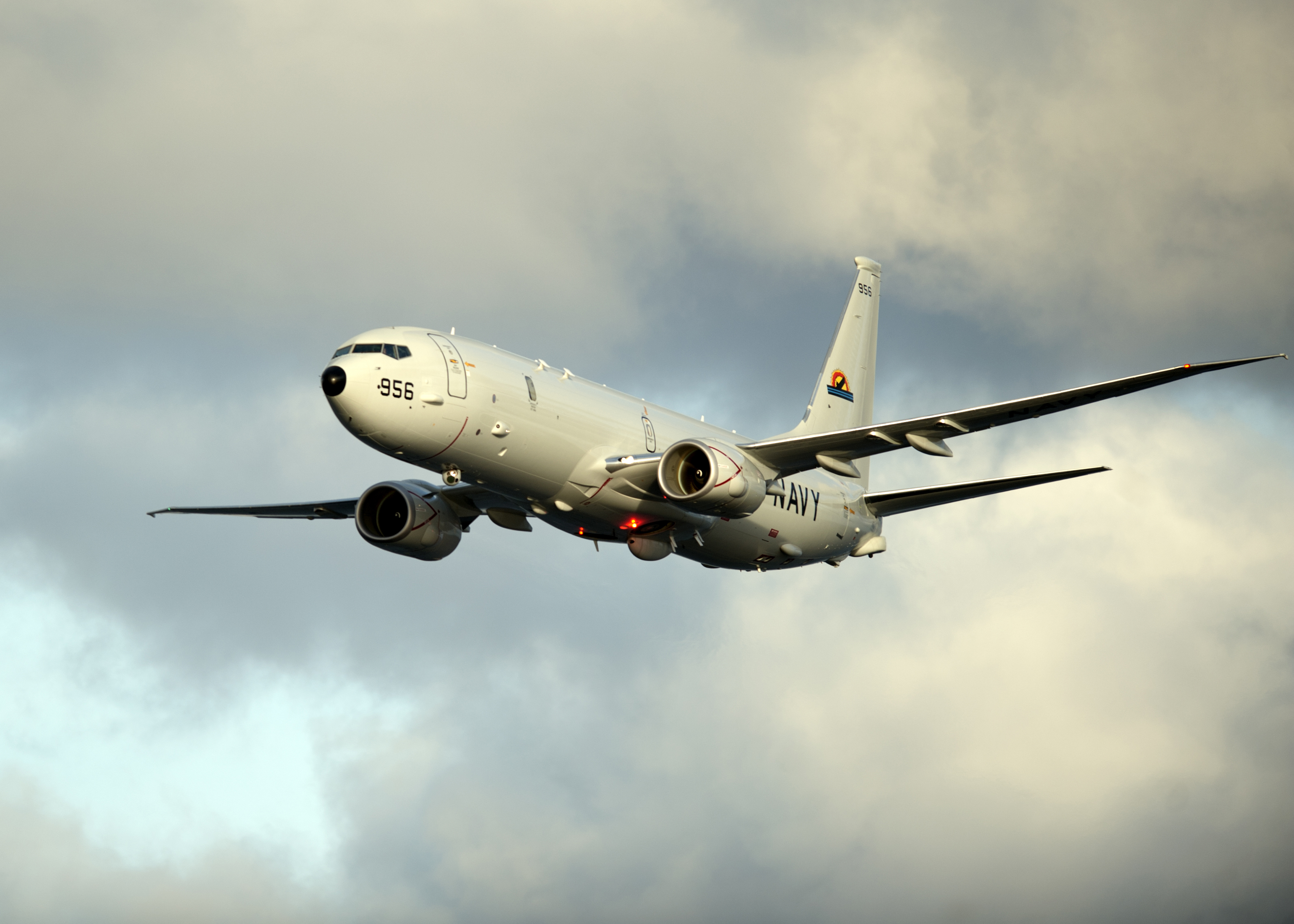
A P-8A Poseidon (Source: Flickr user Official U.S. Navy Page)
The Navy’s other platform communities (surface and submarine) also leverage a mix of synthetic and live training. Submarine crews now use simulators for 100 percent of pre-deployment training, and surface ship crews conduct just over 50 percent of their pre-deployment training synthetically. Captain Naylor, Commanding Officer of Naval Air Warfare Center Training Systems Division (NAWCTSD), told GBC that crews for the new Littoral Combat Ship (LCS) can now complete full pre-deployment training and certification before ever getting on board.
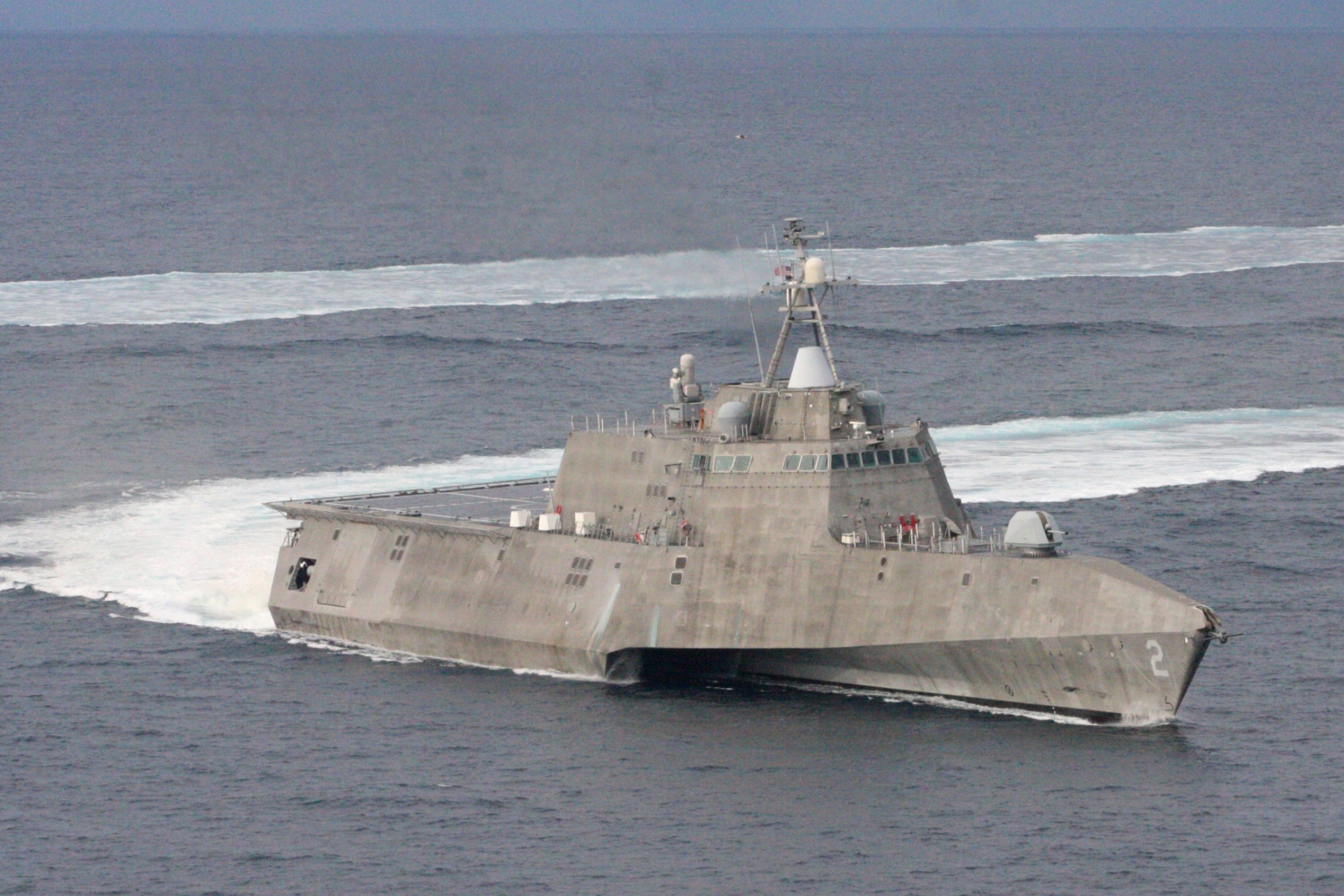
The USS Independence, a Littoral Combat Ship (Source: Lt. Jan Shultis, U.S. Navy)
The Air Force also considers virtual training to be the cornerstone of its next generation training programs. It is expected to increasingly rely on virtual training as it fields new, more technologically advanced aircraft. Beginning in FY 2012, Air Combatant Command set a goal of meeting (on average) 25 percent of training requirements with virtual training. USAF Special Operations Command has set an even higher bar of conducting (on average) 50 percent of aircrew training in simulators. Air Mobility Command is perhaps the most advanced already. It estimates that (on average) 50 percent of its aircrew training is currently done in simulators. This includes takeoff, landing, and instrument training.
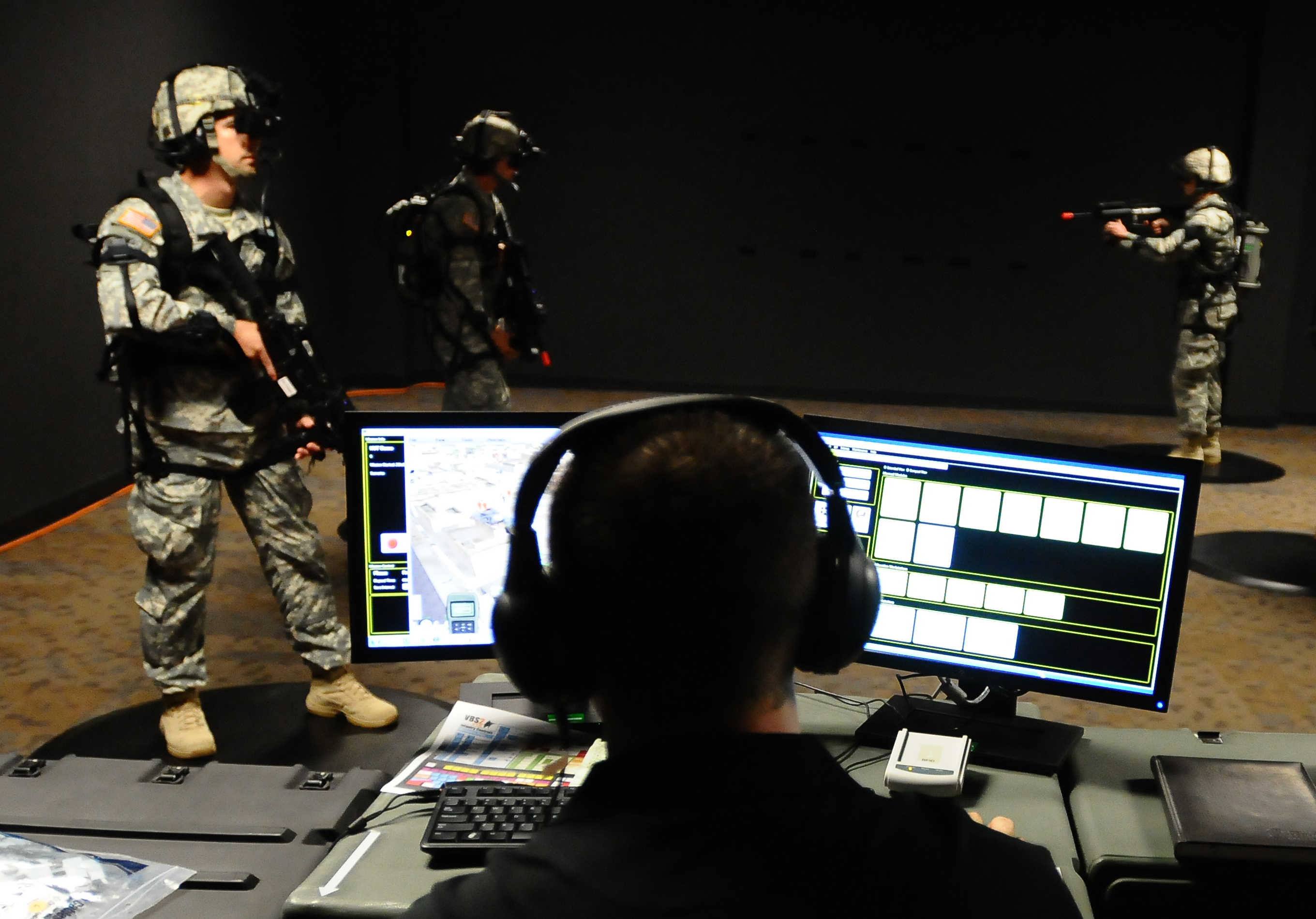
The Promise of Virtual Training
A Less Costly Option
One of the most compelling reasons the military is pursuing greater use of virtual training is that it is potentially very cost-effective. In fact, reduced cost is the top benefit of integrating live and virtual training according to GBC’s survey. 57 percent of respondents indicate as much, more than any other benefit. Moreover, 85 percent indicate integrating live and virtual training would reduce costs. Increased use of virtual training could cut costs by, among other things, lowering maintenance costs, avoiding costly trainee errors, and shrinking logistics costs associated with coordinating multifaceted exercises.
Benefits of Integrating Live and Virtual Training (n=310)
The potential savings are perhaps most clear when looking at the cost differential between one hour of training in an aircraft and the same amount of time in a flight simulator. Maj. Gen. James Jones, Air Force Assistant Deputy Chief of Staff for Operations, Plans, and Requirements, recently noted that the cost per hour of flying an F-16 Block 50 is $7,500, whereas an hour of simulation-based training costs $900. For other aircraft, the cost differential is even greater: 1:18 for the F/A18 Hornet and 1:24 for the P-3C. Across the board, “the operating cost of flight simulators is estimated to be between 5-20 percent of the cost of aircraft,” according the National Training and Simulation Association. The Army has also identified savings associated with using virtual simulators for helicopter flight training. A 2006 study by the Assistant Secretary of the Army for Acquisition, Logistics and Technology concluded that the Army saves $304 for each hour of training in its UH-60 Black Hawk simulator.
The Navy and Air Force have identified specific figures for estimated savings resulting from increasing their use of virtual simulation in training. The Navy expects to save $119 million annually beginning in 2020 by increasing the percentage of synthetic training for its MH-60 and F-18 aircraft by 8-9 and 14 percentage points, respectively. For its part, the Air Force expects to save $1.7 billion between FY 2012 and FY 2016 by offsetting a five percent decrease in live flying hours for legacy aircraft with increased use of simulators.
However, there are concerns that these estimates do not account for all relevant cost and performance factors. The Government Accountability Office concluded in 2012 and 2013 reports that the services currently lack the budget and performance information needed to make fully informed decisions about the appropriate mix of live and virtual training (particularly the Army and Marine Corps). Army and Marine Corps officials “generally consider simulation-based training to be less costly than live training,” but “once simulation-based training devices are fielded, the services neither reevaluate cost information as they determine the mix of training nor have a methodology for determining the costs associated with simulation-based training.” In short, the potential savings of greater use of virtual simulation as a proportion of all training are considerable, but the military has not yet put in place the metrics necessary to definitively demonstrate them.
A Better Way to Train
Although the cost-savings argument is crucial to persuading those at the top to embrace virtual training, the extent to which it can enhance training beyond current capabilities may be even more important. In many cases, virtual training has been shown to outperform live training in skills and knowledge transfer to trainees. A 2011 review of studies on the effectiveness of computer-based simulation training concluded that, “computer-based simulations—assessed as an alternative to other means of training, as a supplement to other means of training, as a device to combat skill decay in experienced trainees, and as a means of improving performance levels as they stand prior to training—show positive results for transfer a majority of the time: in 22 out of 26 such studies, trainees demonstrated equal or superior transfer to the control group from simulations.” A 2007 study of the effectiveness of a tactical Iraqi cultural and language virtual training system found that the group of Marines who used this system the most “had the largest increase in knowledge.”
In some cases, advances in military weaponry and vehicles outpace live training capabilities. For example, next generation aircraft like the F-22 and F-35 fighter jets now have capabilities that exceed the famous Red Flag exercise’s capacity to test them. Incorporating virtual and constructive simulation is needed to fully test the capabilities and limits of these aircraft. General Mike Hostage, Commander of Air Combatant Command recently stated, “I will still do Red Flags, I will still do live training in live platforms…. but the place where I will be able to take the gloves off, the place where I can turn on all the bells and whistles and get full capability is going to be in the virtual constructive arena.”
I will still do Red Flags, I will still do live training in live platforms…. but the place where I will be able to take the gloves off, the place where I can turn on all the bells and whistles and get full capability is going to be in the virtual constructive arena.General Mike Hostage, Commander, Air Combatant Command
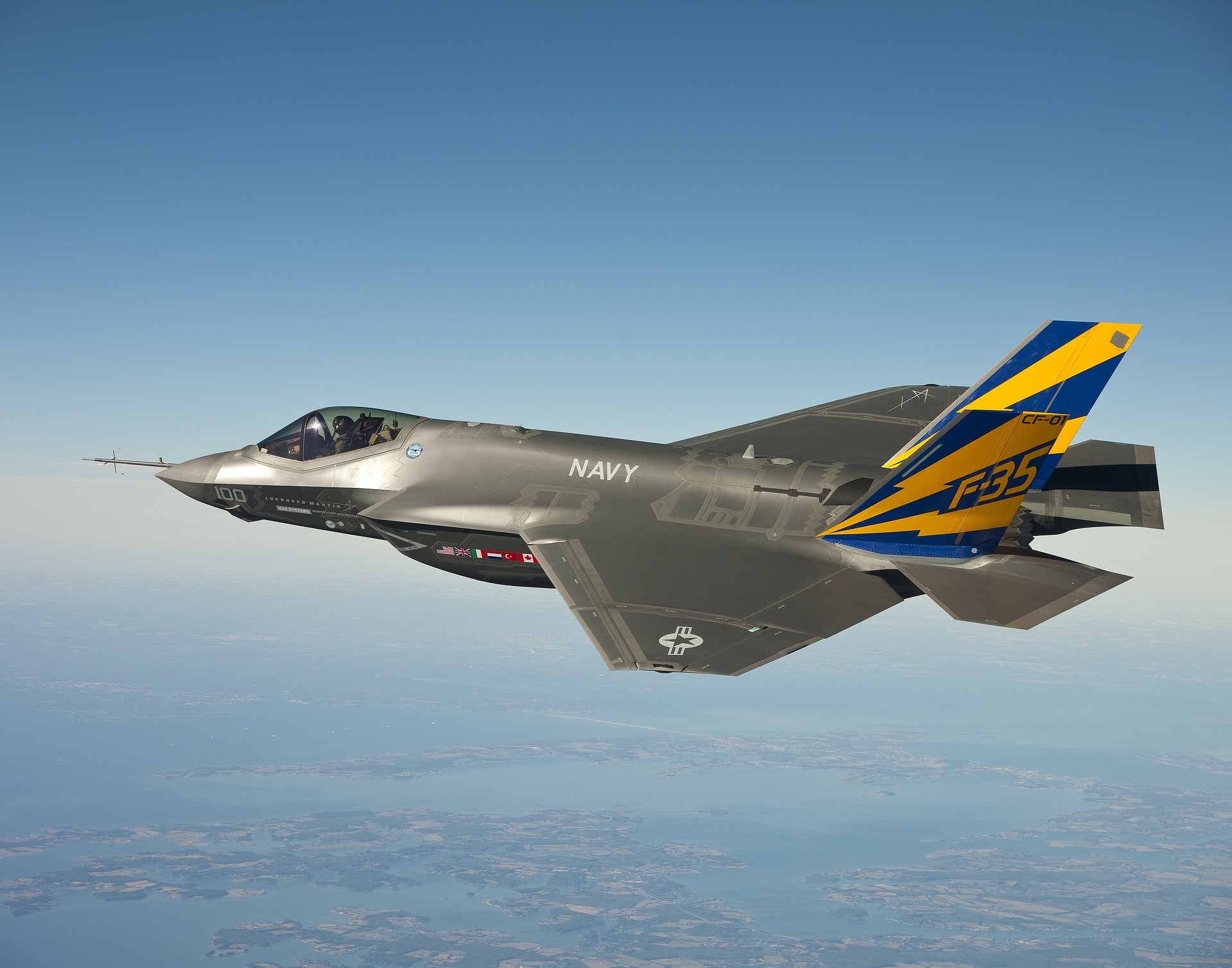
An F-35C Lightning II (Source: Pixabay)
In fact, the military will likely struggle to train for complex scenarios involving cyber attacks, electromagnetic spectrum warfare and other operational domains without LVC simulation. Testifying before the House Armed Services Committee on the Air Force’s FY 2015 Science and Technology budget, Air Force Deputy Assistant Secretary David Walker emphasized that “the training need for LVC is real...in particular, realistic training for anti-access/area-denial environments is not available.” Advanced LVC training “can provide greater focused training for our warfighters across a range of operational domains such as tactical air, special operations, cyber, ISR, and C2.” DoD employees surveyed by GBC emphasize this point. A majority (51 percent) say integrating live and virtual training enhances their service or component’s ability to conduct exercises involving multiple operational domains quite a bit or a great deal, and 82 percent say it will do so at least somewhat.
Beyond permitting greater training across operational domains, virtual training facilitates joint and distributed (i.e., decentralized and non-linear) operations training. This is particularly important because the 2010 next generation training strategy emphasizes holistic training that integrates capabilities across services. A large minority (45 percent) of respondents indicate that integrating live and virtual training enhances the ability to conduct distributed operations exercises a great deal or quite a bit, and more than three fourths (77 percent) say at least somewhat.
Training for systems warfare integrating all these elements (multiple operational domains and joint and distributed operations) “in the live domain now is becoming increasingly challenging because you need to get so many assets together to train like you fight,” said Captain Dorrans. As a result, he continued, “many type model series are moving more and more of their training into the virtual constructive regime.” For example, “by 2017 we’ll have the networks capability to link up FAT (First Article Test) OFTs (Operational Flight Trainers) to E-2D WSTs (Weapon System Trainers) and they’ll be able to practice air intercept coordination with the same pilots that will fly together in the air wings; they’ll be able to link up constructively in the virtual domain and practice those skills prior to going out on the aircraft.”

An E-2C Hawkeye above Mount Fuji (Source: Lt. j.g. Andrew Leatherwood, U.S. Navy)
The added benefit of LVC training’s capacity to recreate situations live training cannot is that it can also enhance mission safety. The NAWCTSD realized that the Navy can better stress pilots, and thereby better prepare them for the real deal, in simulators, especially for emergency situations like mechanical failures. The Army and Marine Corps have also learned this lesson. As a result of an increase in vehicle rollovers in Iraq and Afghanistan, the services began leveraging virtual simulation to prepare service members to evacuate vehicles safely. Using virtual simulation in training can also enhance preparation for aircraft brownouts due to swirling dirt and dust that have plagued U.S. helicopter pilots in Iraq and Afghanistan. In fact, such degraded visual environments have consistently accounted for 20 percent of all Class A and B Army Aviation accidents. GBC’s survey respondents reveal a broadly positive perception of LVC training’s effect on mission safety. A majority (53 percent) say integrating live and virtual training increases the safety of mission operations quite a bit or a great deal, and 83 percent say it will do so at least somewhat.
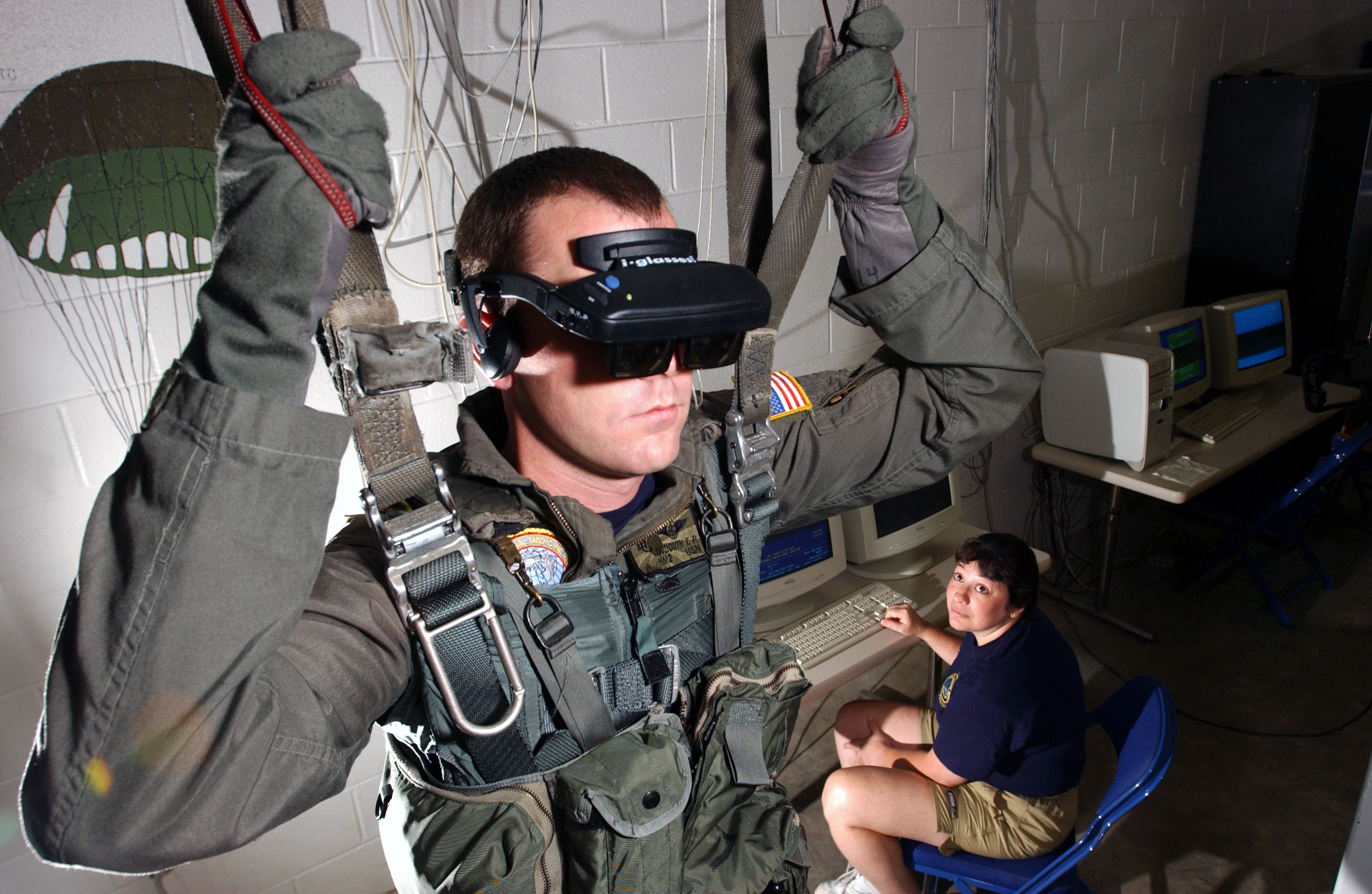
A Marine using a virtual reality parachute trainer (Source: PHC (NAO) Chris Desmond, U.S. Navy)
But LVC training can also make training itself safer. A spate of military aircraft training accidents in October 2014 underline just how dangerous live training can be. On October 8, a USAF F-15D crashed in England during a combat exercise; the pilot survived with minor injuries. On October 20, two F-16 Fighting Falcons collided in midair during a training exercise in Kansas; both pilots survived with one suffering slight injuries. On October 29, a Hawker Hunter fighter jet crashed in a field in Southern California, killing the pilot. By reducing the need to train in live settings, virtual simulation can help make military training, particularly for aircraft, that much safer.
Meeting a Younger Generation's Expectations
The incoming generation of soldiers, airmen and airwomen, sailors, and marines are digital natives who are comfortable with and may even expect to train using virtual simulations. More than 90 percent of children now play videogames, and the average daily videogame play for those ages 8-18 increased from 26 minutes per day in 1999 to nearly 110 minutes per day in 2009. Speaking with GBC, Captain Wes Naylor, Commanding Officer of NAWCTSD, confirmed that “the digitally native generation of folks who we are accessing right now is a lot more comfortable having simulation and modeling be a part of their [training] solution set.” DoD’s 2010 next generation training strategy goes even further, stating, “the recruiting pipeline is populated by digital natives with an expectation of a multi-media rich training environment with evolving learning and communication technologies.”
The digitally native generation of folks who we are accessing right now is a lot more comfortable having simulation and modeling be a part of their [training] solution setCaptain Wes Naylor, Commanding Officer, Naval Air Warfare Center Training Systems Division
But it is not just about digital natives’ comfort level or expectations. They may actually learn better with virtual training. Two thirds (67 percent) of DoD employees GBC surveyed agree or strongly agree that the incoming generation of service members will learn better through multimedia training programs.
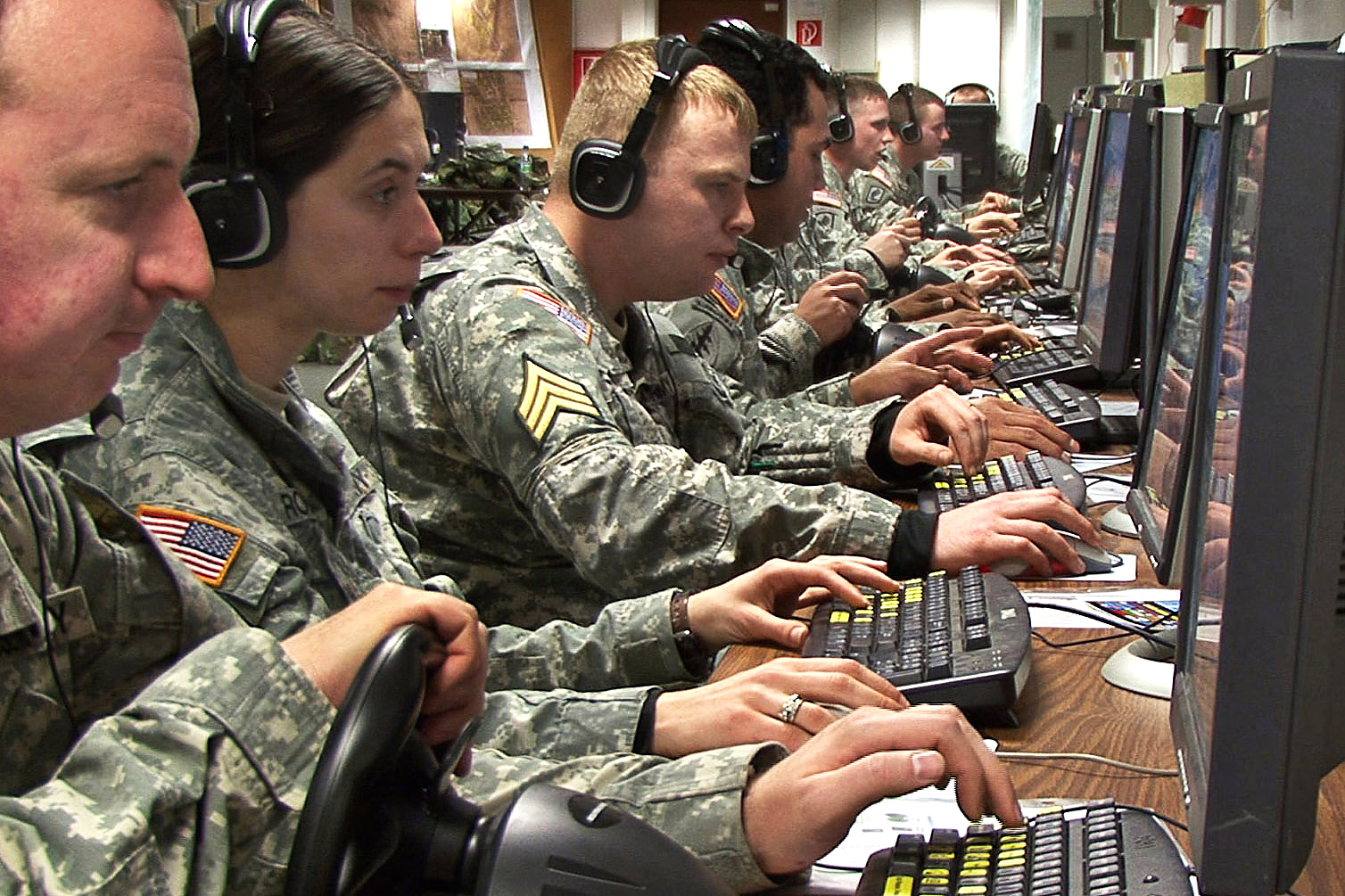
Concerns That Could Hold Virtual Training Back
The rationale for the military to increase virtual training is compelling, and the services are, in many ways, moving down the right track. But significant concerns remain that must be addressed if large-scale LVC training is to become the norm. Even though GBC’s survey respondents identify significant benefits resulting from integrating live and virtual training, they remain unconvinced that doing so will enhance overall readiness. Just over one third (36 percent) are confident or very confident that increasing virtual training as a proportion of overall training will better meet future training needs.
Interestingly, overhead costs for virtual simulation do not appear to be holding the military back. Less than one third of the survey’s respondents indicate high overhead costs are a significant concern. Their biggest concerns relate to simulation fidelity (i.e., the extent to which virtual training is realistic) and a lack of understanding of LVC training.
Virtual Training Concerns (n=310)
Roughly two thirds (66 percent) of respondents identify insufficient fidelity as a significant concern regarding virtual training, more than any other option. Insufficient simulation fidelity can cause improper training in three ways: omission - knowledge or skills necessary for the real world are not taught or fail to transfer from the virtual training environment, negative transfer - use of virtual simulation impedes real world learning, or negative or non-concurrent training - simulation training provides incorrect or outdated knowledge or skills. This issue forms the crux of the virtual simulation challenge. If LVC training is not sufficiently true to reality, it will only harm trainees.
If fidelity is the core technology challenge, then promoting understanding and awareness is the core cultural and organizational one. Nearly half of survey respondents say that a lack of awareness/understanding (48 percent) and trainee preference for live training (47 percent) are significant concerns regarding virtual training. Both suggest the true value of LVC training for DoD is not fully understood across its workforce.
For Lt. Col. Jason Caldwell, Director of the Futures Division at the Army’s National Simulations Center, the problem is not necessarily that there is an overarching cultural barrier to increased virtual training in the Army; it is simply that “some [unit] leaders are more comfortable with it than others.” Captain Naylor further explained, from a Naval perspective, that while the top leadership “gets” the importance of increased virtual training, there is more resistance “where folks are afraid that the concept of LVC is to take away all of the flight hours and all of the sailing hours.” He added, “some folks may have seen it as, well this is just a raid on flight hours, but that is not the case at all.”
Some folks may have seen it as, well this is just a raid on flight hours, but that is not the case at all.Captain Wes Naylor, Commanding Officer, Naval Air Warfare Center Training Systems Division
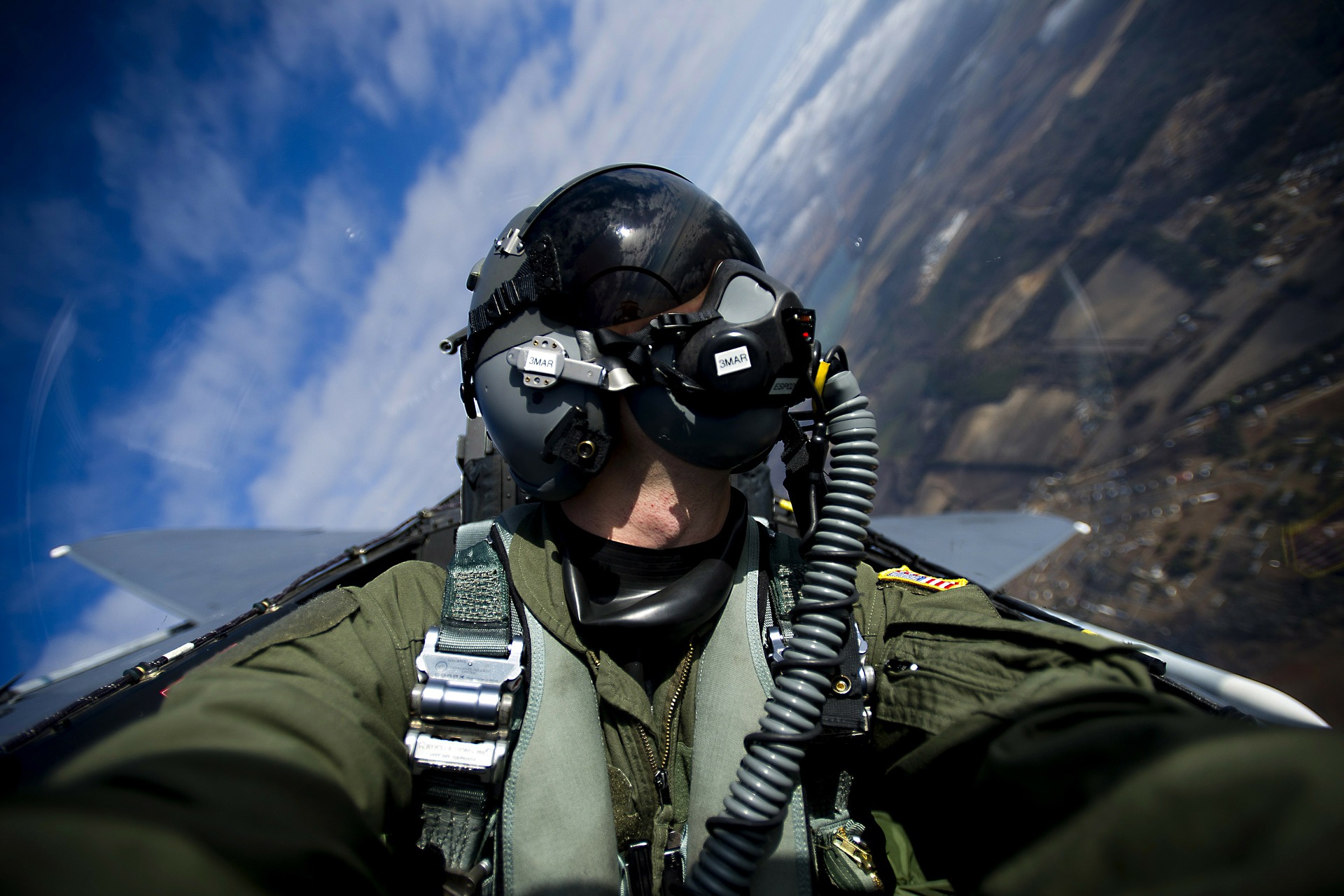
A U.S. Air Force Pilot looks out his cockpit window (Source: Pixabay)
A deeper analysis of the GBC survey data reveals more about who within DoD is more comfortable with virtual training. Respondents at higher levels within DoD support increasing virtual training as a proportion of all training more than those of lower rank. For each of the four types of training tasks GBC asked about, respondents who list their job grade as GS/GM-14 or above or the military equivalent say they would be comfortable with five to seven percentage points more virtual training than those who list their job grade as GS/GM-13 or below or the military equivalent.
Comfortable Level of Virtual Training, by Job Grade
Those who have active-duty military experience also support greater levels of virtual training. Those who report current or past active-duty military service say they would be comfortable with eight to ten percentage points more virtual training than those with no active-duty military experience.
Comfortable Level of Virtual Training, by Military Experience
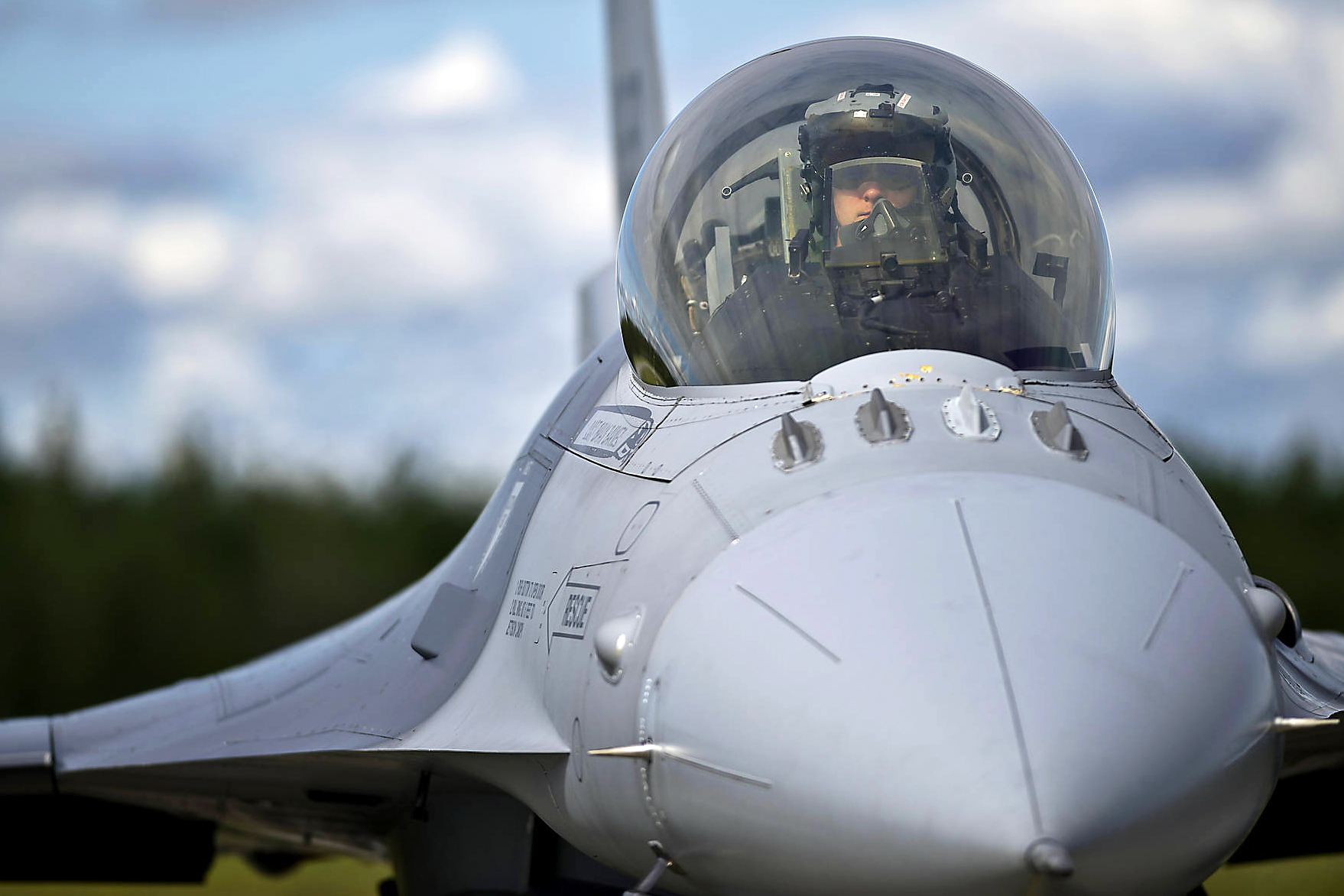
Taking Virtual Training to the Next Level
GBC’s research indicates that the following steps could help the military incorporate LVC training as an integral element of its readiness portfolio:
Develop a Holistic Taxonomy
Ascertaining what the optimal balance between live and virtual training looks like is essential for how the military moves forward with LVC training. Some in the Pentagon have already begun to address this issue. Director of Force Readiness and Training in the Office of the Under Secretary of Defense for Personnel and Readiness (OUSD P&R) Frank DiGiovanni and his office have developed a decision guide for optimizing the balance between virtual and live training across the service branches. The guide is meant to inform decisions on whether or not a given task can be trained entirely virtually or must be trained in a live setting. It contains an algorithm derived from archetypal characteristics of various training tasks, including whether or not the task requires individual or collective action and its relative level of complexity.
This multifaceted training taxonomy was used to categorize a random, representative sample of 302 military training tasks from across services and ranks based on whether or not they could be conducted entirely virtually. GBC’s analysis of this categorization reveals that 60 percent of all tasks are deemed appropriate for full virtual training - 68 percent of individual tasks and 43 percent of collective tasks.
Significantly, these figures are higher than those GBC’s survey respondents provided when asked to estimate current levels of virtual training and the levels of training for which they would be comfortable integrating virtual training. GBC used a simplified, four-pronged taxonomy based on the OUSD P&R report: simple individual tasks (e.g., operating a switchboard, discharging a firearm), complex individual tasks (e.g., flight training, language/cultural training), simple collective tasks (e.g., logistics support, managing manpower requirements), and complex collective tasks (e.g., joint operation exercises, area reconnaissance). The data shows that respondents feel comfortable increasing integration of virtual simulation into training to a larger degree for simple tasks, whether individual or collective.
Current vs. Comfortable Level of Virtual Training (n=310)
Calculating the average current levels of virtual training for all individual and all collective tasks reported by respondents allows for comparison with the OUSD report figures. This data analysis reveals that there is the most room for greater virtual simulation for individual training tasks. Whereas respondents estimate current virtual training levels for individual tasks to be, on average, 39 percent, the OUSD report indicates that up to 68 percent of them could be trained entirely virtually. Moreover, the true percentage of tasks that can be trained with virtual simulation may be even greater than the OUSD figures suggest since they reflect training tasks that can only be done entirely virtually.
Current vs. Possible Level of Virtual Training
This initial taxonomy is relatively simplistic as it does not account for key external factors and relies on respondent perception, but it is nevertheless clear that the military can significantly increase its use of virtual training beyond current levels.
Determine Return on Investment
Several military and independent studies strongly suggest greater use of various forms of virtual training will generate efficiencies while increasing training effectiveness, but their findings are not conclusive. Until the services develop cost-benefit analyses that incorporate all relevant cost and performance data, service chiefs will find it difficult to prioritize investments in LVC training over investments with more obvious and immediate returns. Captain Wes Naylor of NAWTSD, Captain Dorrans of NAVAIR PMA-205, Mr. DiGiovanni of DoD P&R, Lt. Col. Caldwell of the Army’s Combined Arms Center’s National Simulations Center, and Retired Air Force Lt. General Baptiste of the National Center for Simulations each told GBC in interviews that the services are working hard on this now, but they have not yet been able to definitively determine the cost-benefit analysis.
According to Baptiste, “we’re pretty good at defining how much cheaper it is to do something in a simulator,” but whether or not the military can replace one hour of live training with some version of virtual training and still maintain the same level of performance is unclear. “If we now do 40 percent of training in a simulator and 60 percent in a plane, a pilot is X ready, but what’s different if it’s changed to 50-50?” Baptiste noted that this challenge is not the military’s alone; the health industry is currently trying to answer the exact same question.
If we now do 40% of training in a simulator and 60% in a plane, a pilot is X ready, but what’s different if it’s changed to 50-50?Thomas Baptiste, President and CEO, National Center for Simulation
Optimize LVC Training for Joint Interoperability
The services have, by and large, made progress developing their own LVC training programs, but joint LVC training is less developed. To sufficiently support DoD’s Joint Vision 2020, whereby the armed forces are called on to become more integrated than ever before, the services will need to enhance LVC training coordination. In his interview with GBC, Mr. DiGiovanni emphasized that instead of building interoperability into service/component-centric virtual training systems after the fact, “we need to be smart from the start” and develop virtual training regimes that have joint interoperability as a core component.
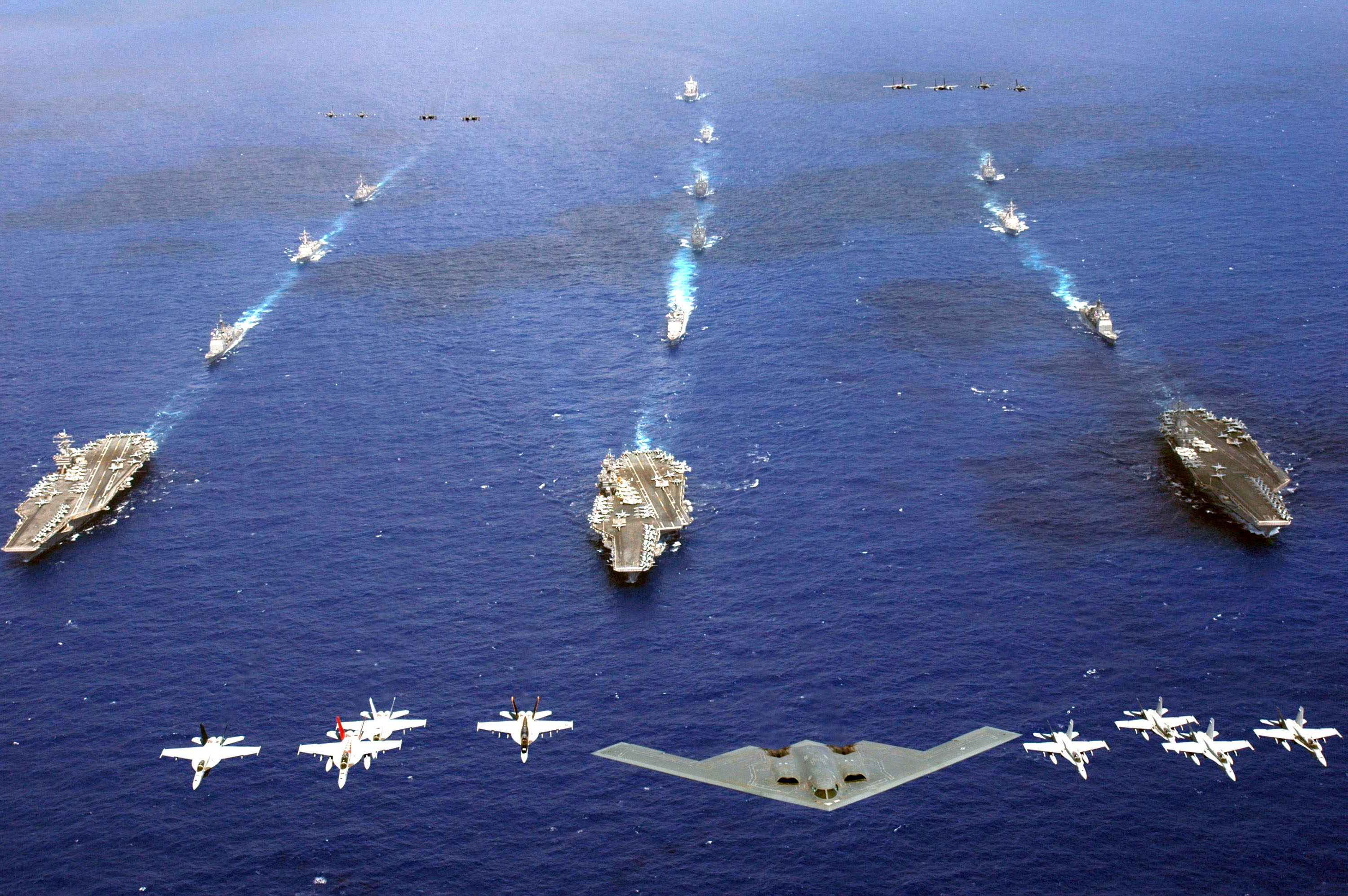
A B-2 leading exercise Valiant Shield (Source: Mate 3rd Class Jarod Hodge, DoD)
Invest in Advanced Simulation Technology
Incorporating advanced simulation technology is essential to ensure LVC training realizes its full potential. A persistent focus area in enhancing simulation technology is fidelity. As recently as July 2012, Air Mobility Command officials stated that current levels of visual fidelity in flight simulators limit aviators ability to virtually train for special qualifications including “aerial refueling, formation flying, airdrops, and assault landings.”
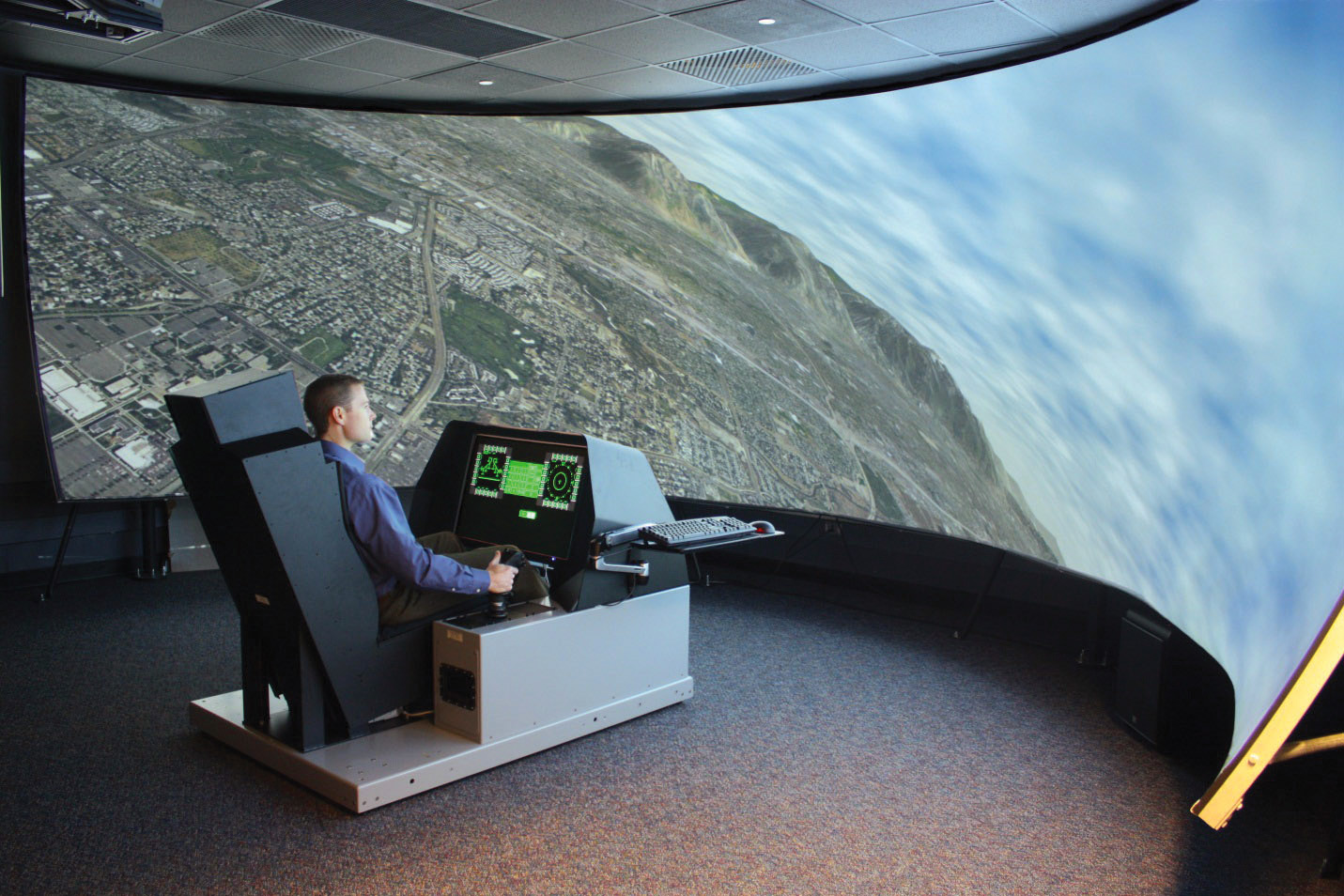
An LVC Trainer (Source: Rockwell Collins)
The most prominent new development in simulation technology now attracting the military’s attention is adaptive training. Advances in artificial intelligence and cloud computing mean virtual training can adapt faster than ever before to changing individual and service-level needs. LVC training programs can now incorporate intelligent tutoring - a system of virtual tutoring that gives personalized feedback to trainees as they progress through training modules. Baptiste, a former Air Force pilot himself, noted that this is a particularly valuable development, allowing pilots, among others, to perfect many of the skills they need in a repeatable, personalized environment.
Meeting the readiness challenge in the new era of defense demands reassessing how the military trains. In particular, it calls for further investigation into how the military can optimize its use of virtual training to enhance readiness at lower cost. This report serves as a first step in that process, identifying LVC training as a significant asset for military readiness. Its potential for costs savings is considerable and its ability to enhance training, and therefore overall readiness, is clear. By taking concrete steps to determine the optimal balance between live and virtual training and LVC training’s true return on investment, as well as investing in advanced simulation technologies, the military will find itself in a better position to ensure readiness.
About GBC
As Government Executive Media Group's research division, Government Business Council (GBC) is dedicated to advancing the business of government through analysis, insight and analytical independence. As an extension of Government Executive's 40 years of exemplary editorial standards and a commitment to the highest ethical values, GBC studies influential decision makers from across the federal government to produce intelligence-based research and analysis. www.govexec.com/gbc
About Rockwell Collins
Rockwell Collins is a pioneer in the development and deployment of innovative communication and aviation electronic solutions for both commercial and government applications. Our expertise in flight deck avionics, cabin electronics, mission communications, simulation and training, and information management services is delivered by a global workforce, and a service and support network that crosses more than 150 countries. To find out more, please visit www.rockwellcollins.com.

